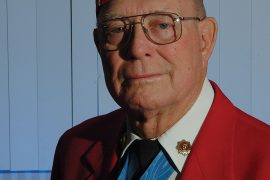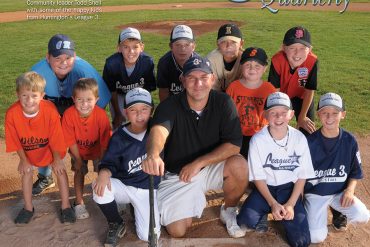As the Huntington chapter of the Daughters of the American Revolution turns 100, its members look forward to a future of preserving our past.
By Carter Taylor Seaton
HQ 72 | WINTER 2010
What’s the DAR?” It’s a question that always surprises Patricia Daugherty, past regent, past Western District director, board member and committee member for the Centennial Celebration of the Buford Chapter, National Society Daughters of the American Revolution. You’d think after being active in Huntington for 100 years, folks would know more about the local chapter of this nonprofit, nonpolitical, volunteer service organization than, “Aren’t they the ladies who maintain the log cabin in Ritter Park?”
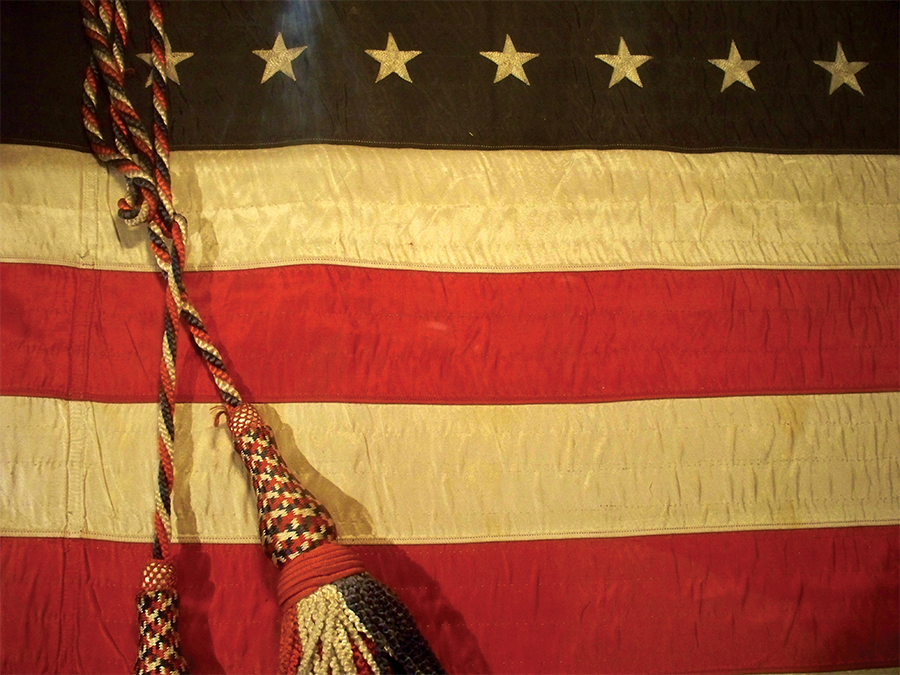
They are, but they have done much more than that in the 100 years since Minnie Geiger (Mrs. David B. Geiger) and some of her friends organized the local chapter in 1910, just 20 years after the national organization was founded in Washington, D.C. Full of patriotic fervor, four Washington women, whose ancestors were Revolutionary patriots, asked to join the Sons of the American Revolution but were denied membership. Undaunted, they created the women’s counterpart to “perpetuate the memory and spirit of the women and men who achieved American independence.” Now, 3,000 chapters nationwide boast more than 165,000 members. Any woman 18 and older, who can prove lineal descent from a patriot of the American Revolution, is eligible for membership. The Huntington chapter’s namesake is one of Geiger’s ancestors, Captain William E. Buford, born in Virginia in 1745. Buford was captain of the Fifteenth Virginia Regiment.
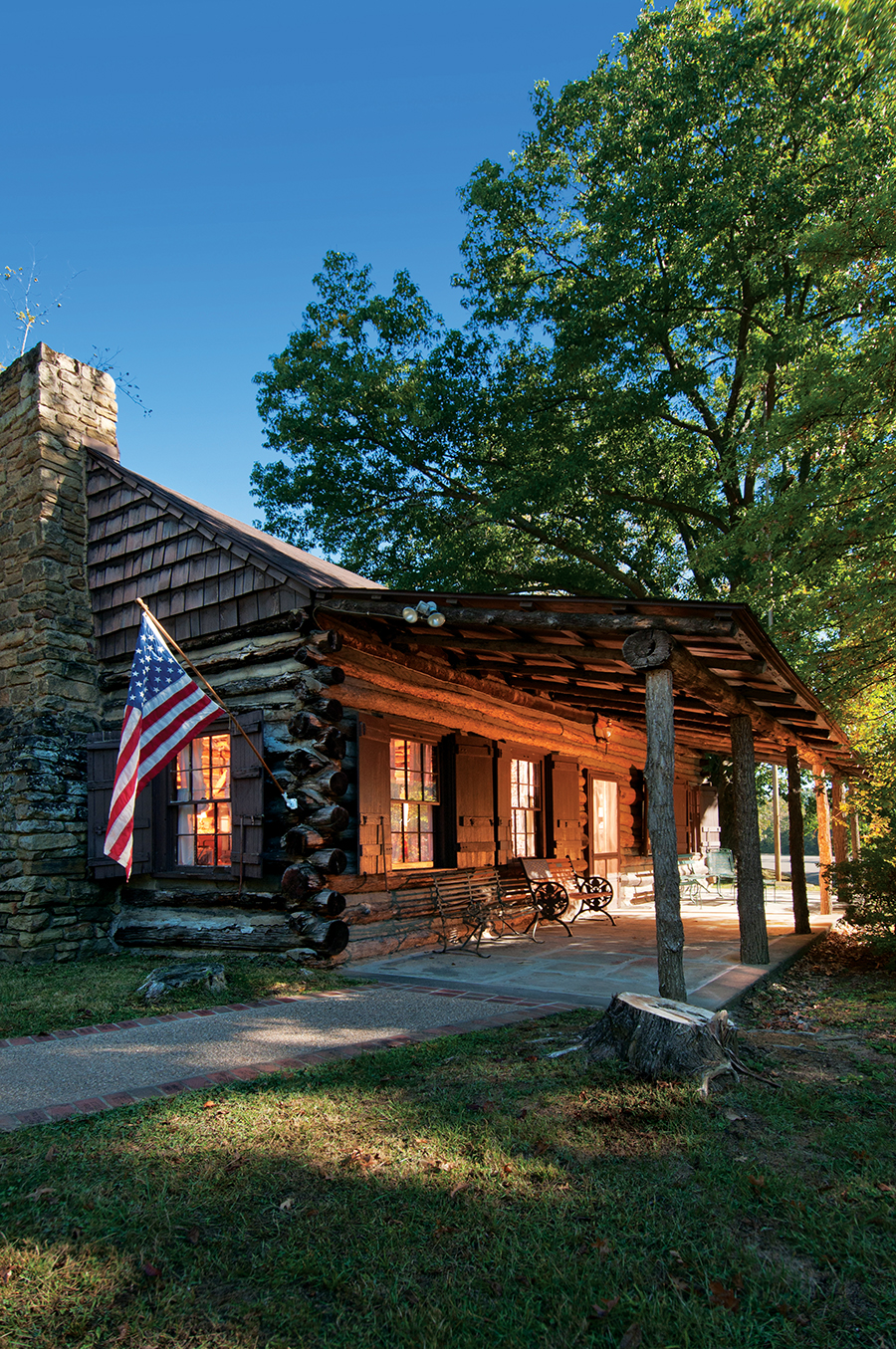
Over the years, the Buford chapter of the Daughters of the American Revolution (DAR) has made several notable contributions to the city. In the lower section of Ritter Park, they planted 90 trees, each dedicated to a Huntington man who lost his life in World War I. The original metal plaques with the names of the soldiers have long since disappeared, but they are considering replacing them. In 1917, the chapter started the American Red Cross in Huntington, and in 1928, they organized a large flower show at the Pritchard Hotel that subsequently became the Huntington Garden Club. The chapter also named Washington Boulevard. In 2003, the chapter assisted the Corps of Engineers in presenting the Lewis and Clark Expedition Display at Huntington’s Harris Riverfront Park. Attendance was greater for this display than any other site along the river. For their work in assembling more than 300 re-enactors at the site during the celebration, the chapter received one of only six geodetic survey markers given by the Corps. Now it’s embedded in the Riverfront Park wall to the right of the amphitheater, along with a plaque marking the event.
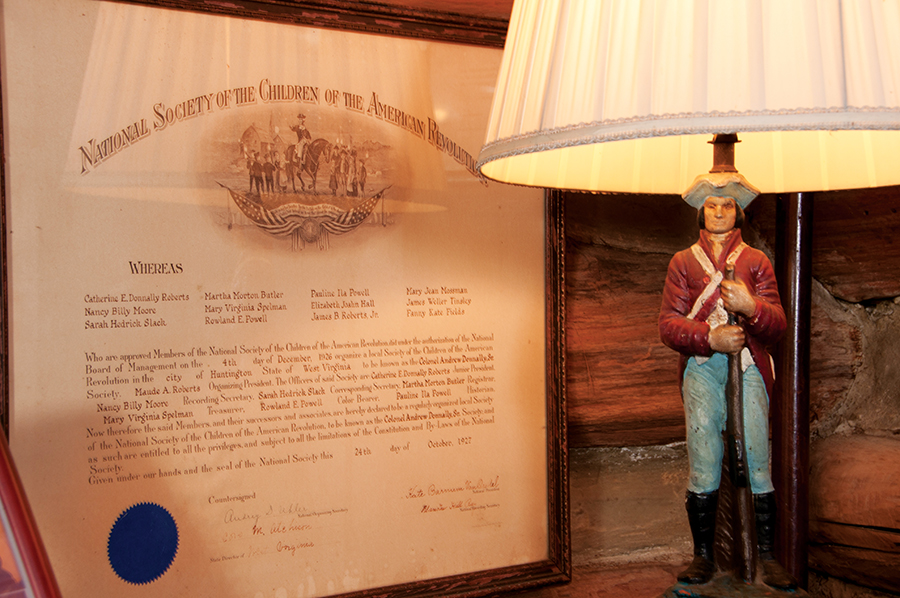
Their most recognized contribution, however, is probably the upkeep of the historic log cabin near the amphitheater at Ritter Park. The cabin originally belonged to Frederick G. L. Beuhring, one of Huntington’s earliest settlers, but over time, the land and cabin changed ownership until C. L. Ritter gave both to the city for the park that bears his name. Upon the chapter’s request, the city granted the DAR permission to use the cabin as a meeting place. According to Sally O. Cyrus, chapter historian, retired house chairman and past regent, the meeting minutes show that the members then “came and cleaned the cabin.” They held their first meeting at the log cabin in 1917, but without a bathroom or kitchen, the building was so unsatisfactory they asked the city if they could improve it.
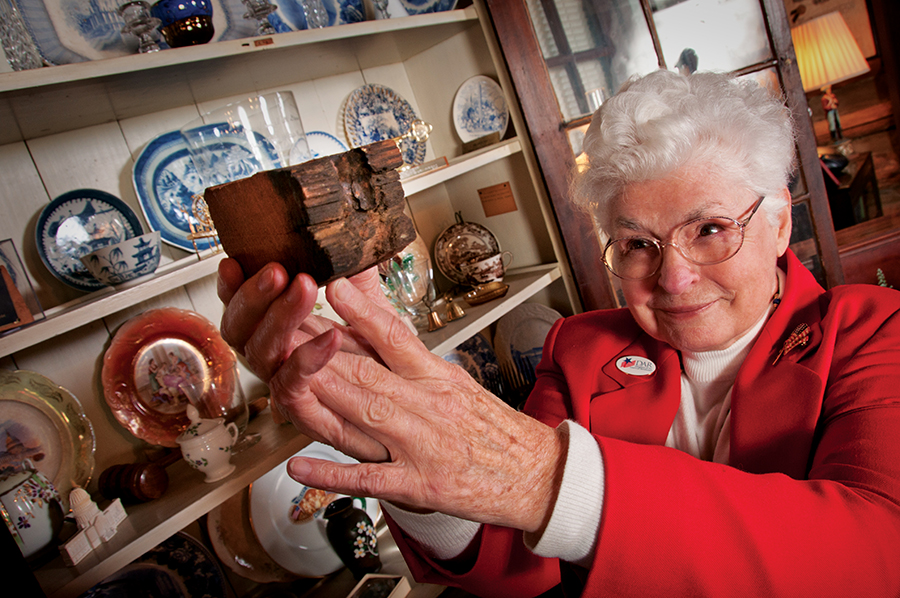
Eventually, improving meant rebuilding. In 1922, the Buford chapter rebuilt the cabin using some original logs along with others donated by the Ritters. With other donations, the chapter was able to complete the job for only $1,500, and the cabin was rededicated in 1935. The addition of a bathroom, kitchen and later a caretaker’s bedroom eliminated part of the cabin’s original wrap-around porch, however. Now filled with antique furniture, china, spinning wheels, paintings, historic documents and photos donated over the years by members and local families, the cabin serves as the chapter’s permanent meeting place. The cannon next to it arrived during the Depression when Morris Harvey College – now the University of Charleston – left Barboursville for Charleston. It’s an 1812 government cannon, but it’s not in working order.
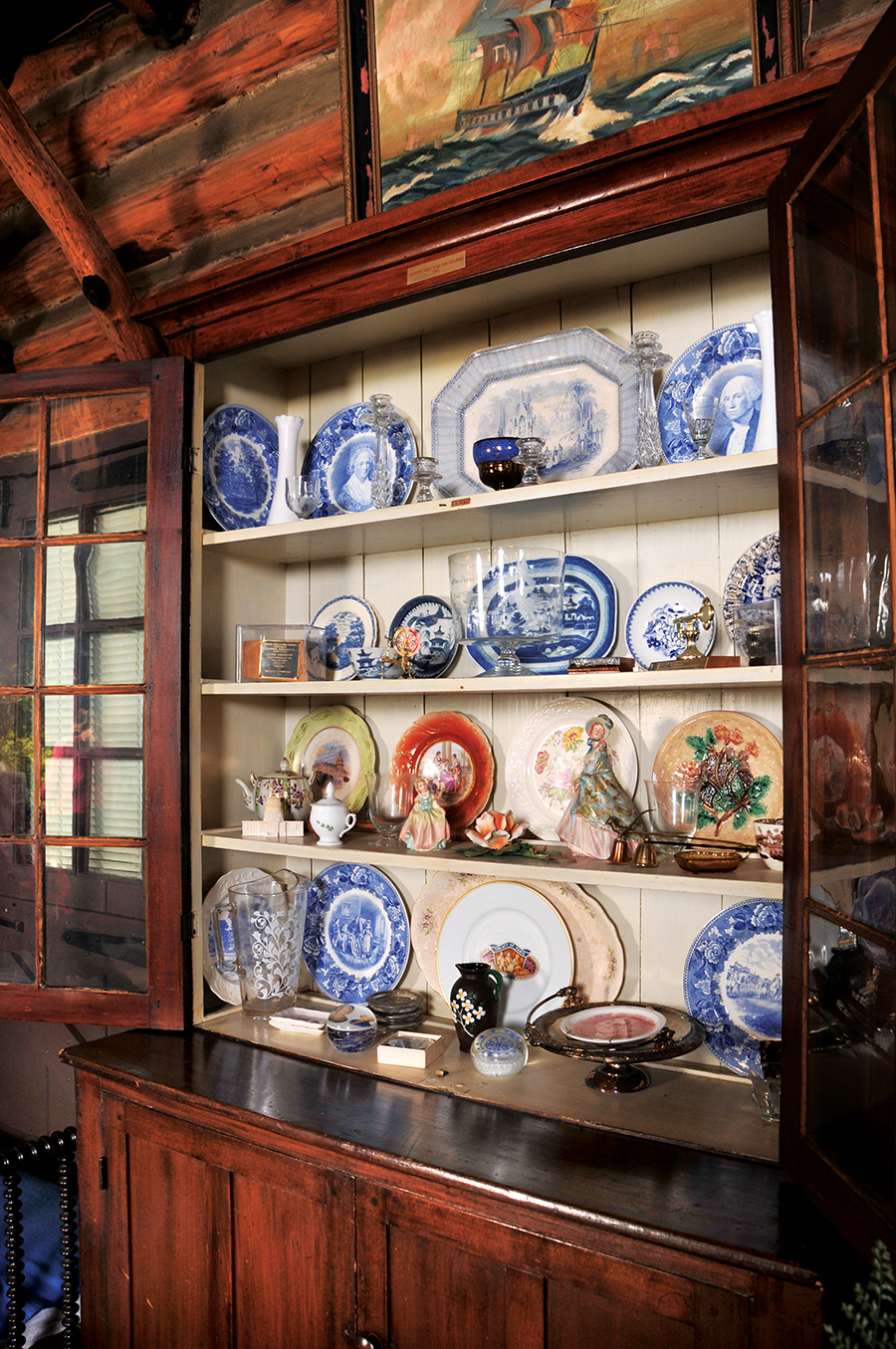
Throughout this centennial year, the members are focusing on the theme of “Freedom” for each meeting, according to Barbara Rutledge, co-chair of the celebration and past regent. In June 2011, as the chapter’s centennial year comes to its close, an open house at the log cabin will allow the public a glimpse of the past and a chance to learn more about the DAR.
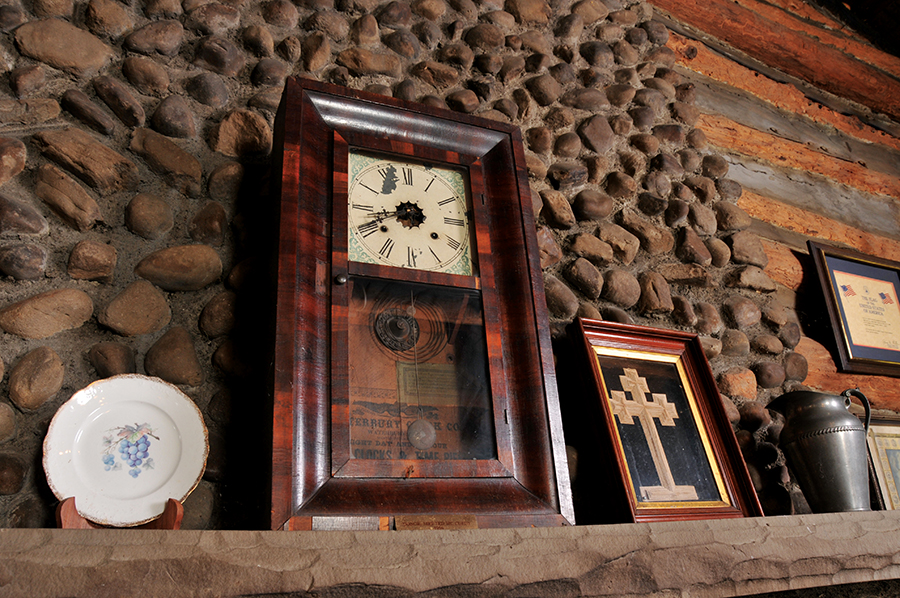
Dedicated to promoting patriotism, preserving American history and securing America’s future through better education, the 90 current members of Huntington’s DAR often speak in the public schools, presenting flags, copies of the Constitution and pictures of the Founding Fathers to the students or the school. The chapter also provides many college scholarships, both locally and nationally, and helps support six schools nationwide. Locally, the chapter celebrates Constitution Week with displays at local libraries and schools. Often, the group assists other chapters throughout the region in celebrations like Point Pleasant’s Battle Days, during which eighth and ninth graders learn the skills of their Revolutionary forefathers.
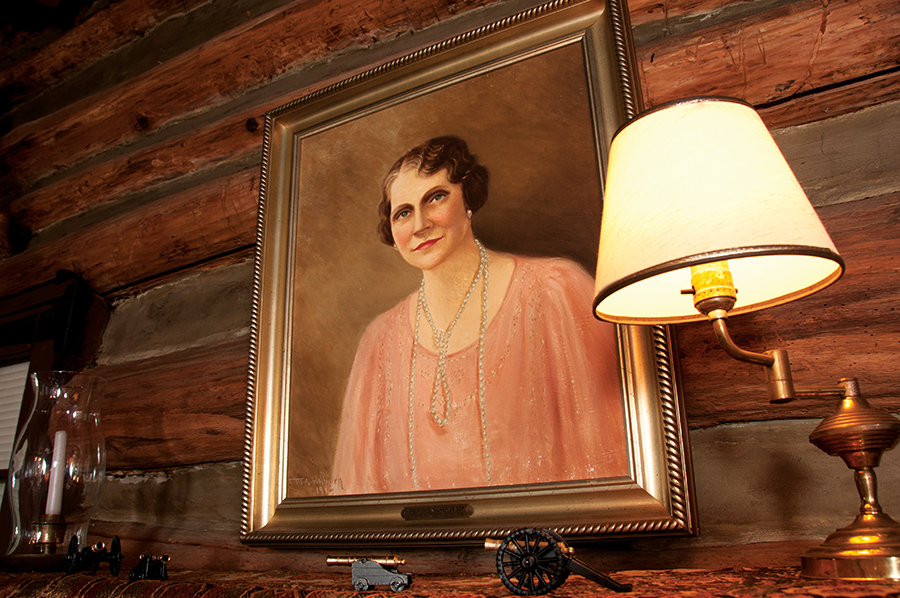
So, Pat Daugherty’s usual response to the “What’s the DAR?” question is this: “If the DAR weren’t here, Huntington’s children would lose a lot of the patriotic influence we hope to have on them. We want them to realize how great this country is. We’ve had parents come up to us and tell us they got one of our awards for good citizenship or history or one of the ROTC medals for high school and Marshall students. That’s what we promote: patriotism, historic preservation and education.”
And they’ll be doing it for the next 100 years, as well.



